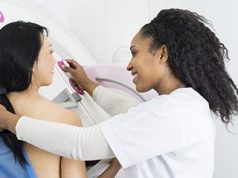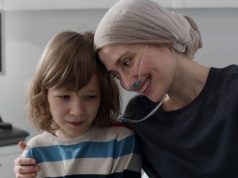However, variation seen by race, ethnicity, and health literacy
By Lori Solomon HealthDay Reporter
WEDNESDAY, Jan. 3, 2024 (HealthDay News) — Most women report that their clinicians counsel them about breast density, according to a study published online Nov. 27 in JAMA Network Open.
Nancy R. Kressin, Ph.D., from Boston University School of Medicine, and colleagues conducted a telephone survey of 770 women to examine the content of women’s reports of breast density discussions with clinicians and identify variations by women’s sociodemographic characteristics. Participants were 40 to 76 years old with no history of breast cancer, underwent mammography in the prior two years, and had heard the term “dense breasts” or “breast density.”
The researchers found that most women reported that their clinicians asked questions about breast cancer risk (88 percent), discussed mammography results (94 percent), and answered patient questions about breast density (81 percent). However, fewer women reported that clinicians had asked about worries or concerns about breast density (69 percent), future risk for breast cancer (64 percent), or other options for breast cancer screening (61 percent). There was significant variation in women’s reports of conversations by race and ethnicity, with non-Hispanic Black women reporting being asked questions about breast cancer risk more often than non-Hispanic White women (odds ratio, 2.08). Hispanic and Asian women were less likely to report having their questions about breast density answered completely or mostly (odds ratios, 0.28 and 0.48 for Asian and Hispanic, respectively). Similarly, women with low literacy were less likely than women with high literacy to report that their questions about breast density were answered completely or mostly (odds ratio, 0.51).
“This study suggests that unaddressed worries or concerns and unanswered questions among Hispanic and Asian women as well as those with low literacy are areas for improvement,” the authors write.
Copyright © 2024 HealthDay. All rights reserved.








